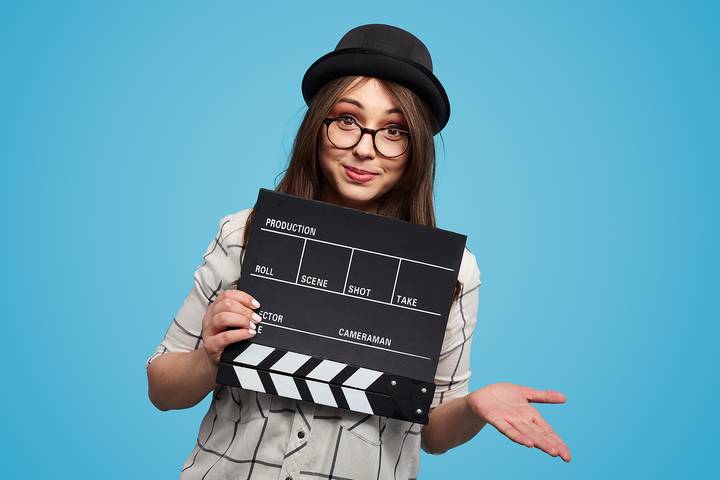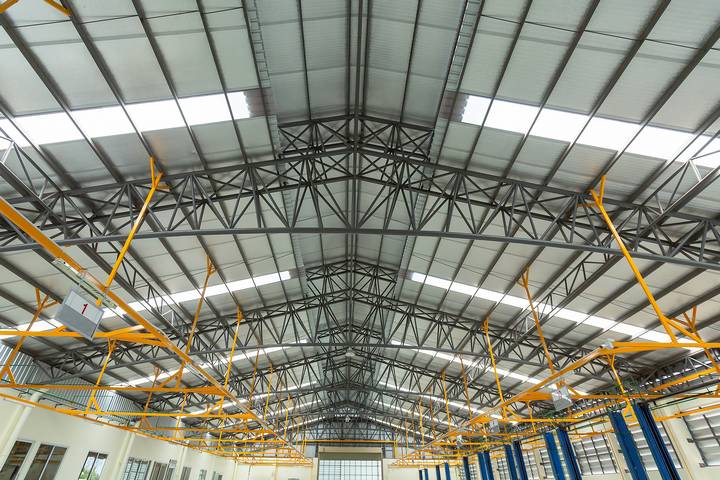The use of video for digital marketing has never been more popular, and it’s easy to understand why. Videos make it easy to engage customers, build a brand, and boost sales. Creating professional-looking videos is easier than you think, and it doesn’t require you to run out and buy all the latest gear. Making a great video is more about planning and technique than the tools you use to create it.
Video marketing is a powerful tool that all companies should utilize to be competitive in today’s digital world. Making professional videos does not have to be overly complicated or prohibitively expensive. By following the above tips, you can be creative, spread your unique message and promote your brand.
Follow these tips to start making your next videos look more professional.
1. Plan Your Video

Taking the time to plan your video thoroughly is essential. Start by defining the goals or purpose of the video itself and ensure that you know your target audience. Not having a clear idea of whom you are speaking to will weaken your intended message.
Write a script and utilize the storyboard method, and don’t be afraid to revise, redo and rewrite until you are sure you’ve got it just right.
2. Use the Right Camera

You don’t necessarily need an expensive professional camera to shoot quality video. Many people use their cell phones. The cameras on many new mobile phones can produce professional results. You might still decide to invest in a professional camera.
These will give you features your phone can’t, like image stabilization and the ability to use different lenses.
3. Lighting is Key
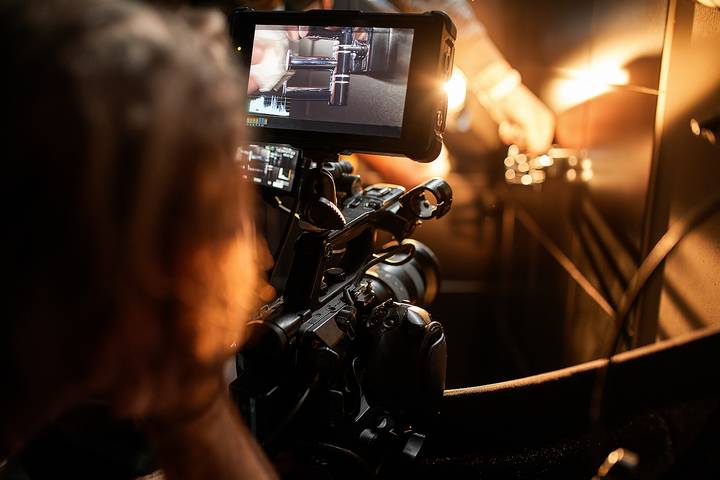
Lighting should be one of your top priorities while you shoot your footage. The quality of lighting alone in a video can set professionals apart from amateurs. The sun is considered one of the best light sources you can use. Morning or evening shoots are best, as the light will be softer at these times, and sunlight in the middle of the day will cast unwanted shadows.
If you are shooting the video indoors, you will need to put more thought into placing the lights you use. Like the sun at midday, overhead lighting will cast shadows or glare over your subjects. Fill lighting and side lighting are essential when doing indoor shoots.
4. Consider the Background
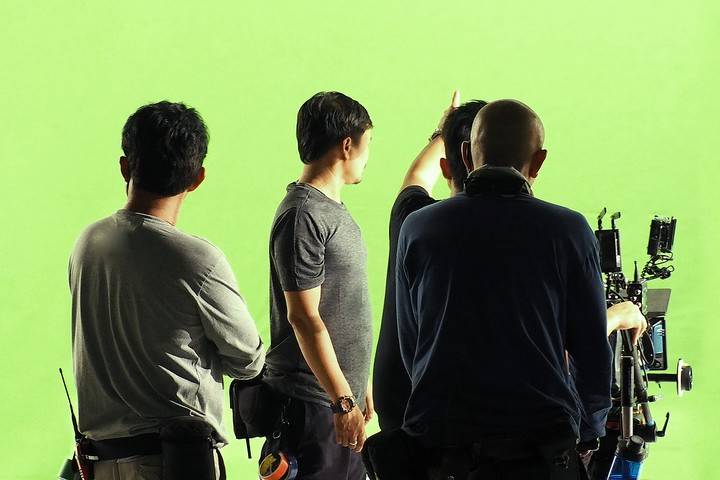
Nothing looks more unprofessional in a video than an inappropriate background. The easiest way to create a professional look is to use a solid, monochrome background. You can also opt to film in an environment that suits the content of your video, for example, a gym or office. If you try the latter, stay aware of any reflective areas like windows or mirrors; you don’t want to have the camera showing in the shot accidentally.
5. Use a Tripod
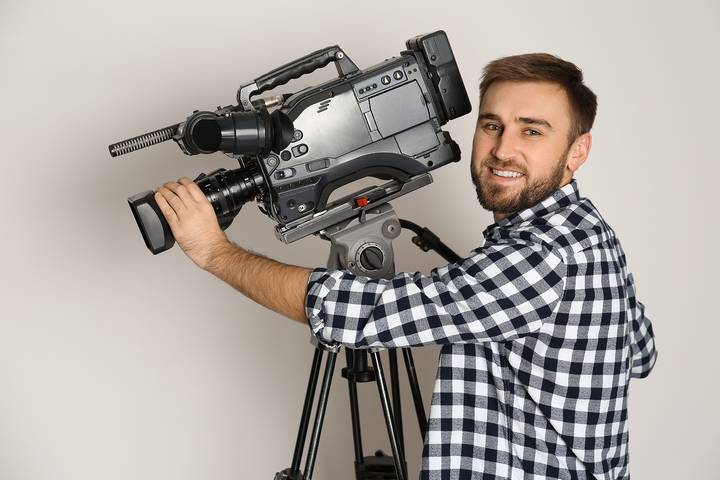
Investing in a tripod is always going to be a good idea. You can also use a flat surface like a table to rest the camera while shooting. Once you set up your camera, it’s best to try not to move it around. Cutting from one shot to another, rather than panning around, will ensure a better result.
6. Video Localization
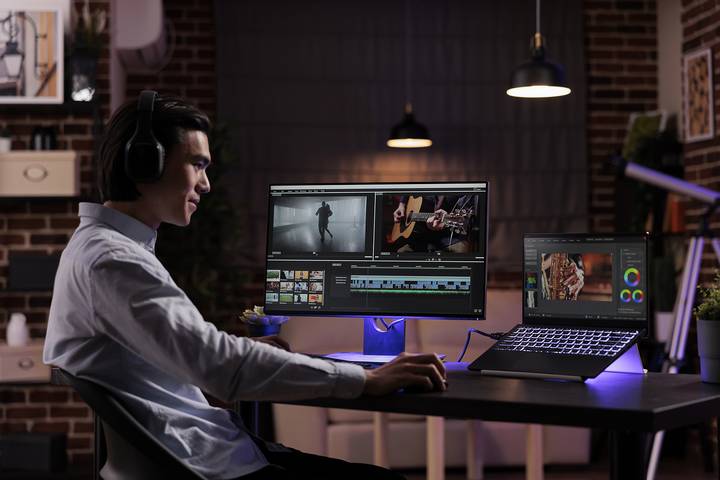
Video localization is taking the video that you created for your specific market and converting it in a way that makes it reach a new market. Video localization generally means using subtitles or voice-over recording to translate the material for the new audience.
Your choice will depend on your budget, the nature of your content and how you intend to get your message across. If you want to reach a global market, localization is essential; it is a fact that most of the world speaks a different language than you.
7. Elevate the Audio

The best way to record audio is to use a microphone other than the one built into your camera. It doesn’t matter how good that mic is; it will never be better than an external recording device. Since the quality of your audio can make a world of difference in how professional your video appears, a good microphone is an essential equipment to invest in.
8. Choose Good Editing Software
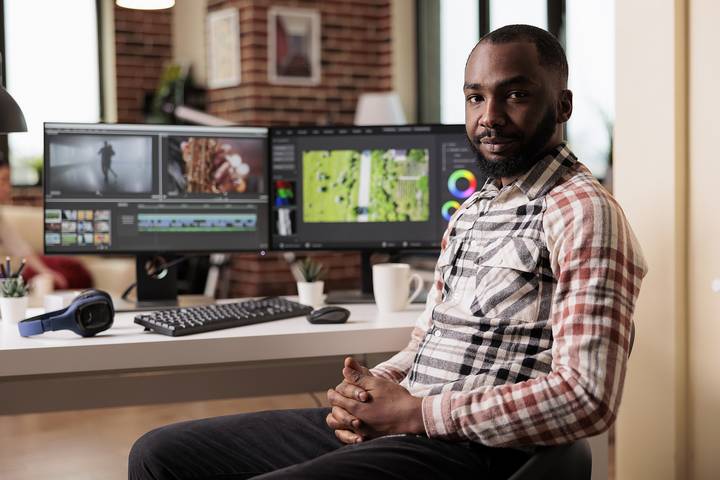
The right video editing program will help transform your raw footage into a great end product. When looking at software, choose a video editor that can add text, filters, or overlays, trim and crop, and change the aspect ratio. You may also want it to contain a library of stock videos and sounds. Another alternative is to outsource the editing.
Whichever route you decide on, there are a few main things you want to ensure get attention in the editing phase. Proper scene transitions, noise cancelling to clean up unwanted background sounds, lighting adjustment as needed, and the addition of background music.










